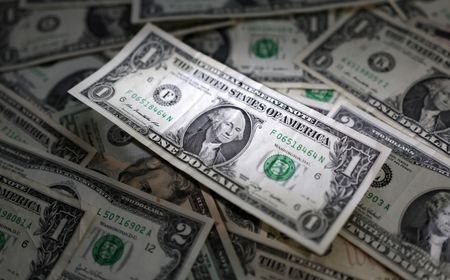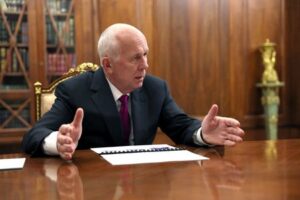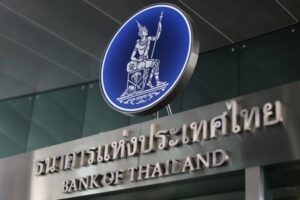By Kevin Buckland
TOKYO (Reuters) -The dollar slipped to its lowest this year versus the euro on Wednesday as traders braced for potentially crucial revisions to U.S. payrolls data later in the day, ahead of a speech by Federal Reserve Chair Jerome Powell at the end of the week.
The U.S. currency also dipped below the closely watched 145 yen level and hovered close to the more-than-one-year low to sterling reached overnight.
Pressure notably came from U.S. bond yields, which hit their lowest since Aug. 5, when yields crashed to a more-than-one-year trough after surprisingly soft monthly jobs figures sparked recession fear.
“The reduced yield premium in the U.S. Treasury market has been a clear factor driving the USD lower,” said Chris Weston, head of research at Pepperstone.
“As we can see in so many USD pairs of late, the USD just can’t find a friend in the market and is in free fall.”
A weak monthly payrolls report at the start of this month was a catalyst for a spike in volatility across asset classes, leaving market participants bracing for another potential shock with revised data due later Wednesday.
The Aug. 2 payrolls report sent traders racing to price in prospects of the Fed needing to slash interest rates by a half percentage point at its mid-September policy meeting, pushing the implied probability of such a move to about 71%, according to CME Group’s FedWatch Tool.
However, a run of better macroeconomic data has since seen the odds flip, with bets now 72% for a quarter-point cut and 28% for the bigger reduction.
Powell’s keynote address on Friday at the Kansas City Fed’s Jackson Hole economic symposium will be parsed carefully for any hints on the likely size of a rate cut next month, and whether borrowing costs are likely to be lowered at each subsequent Fed meeting.
The U.S. dollar index – which measures the currency against the euro, sterling, yen and three other major rivals – edged to its lowest since Jan. 2 at 101.30 before recovering to 101.48 as of 0450 GMT. It had fallen 0.5% or more in each of the previous three sessions.
The euro pushed to $1.1132, the highest since Dec. 28, before easing back to $1.1118.
Sterling stood at $1.3027, 0.05% weaker from Tuesday when it touched a high of $1.3054, a level last seen in July of last year.
The dollar was volatile against Japan’s currency, sagging 0.21% to 144.945 yen at one point, before last trading 0.35% higher at 145.75 yen.
Traders will have a close eye on a special session of Japan’s parliament on Friday, when politicians will scrutinise the Bank of Japan’s unexpected decision to raise interest rates last month and the central bank’s sudden hawkish turn.
BOJ Governor Kazuo Ueda will testify and focus will be on his tone after his influential deputy Shinichi Uchida adopted a more dovish stance earlier this month, helping calm markets.
SMBC economist Ryota Abe expects the dollar to weaken to 138 yen by the end of next year, but said depreciation for 2024 has already run its course.
“This year, we think the pair will move around 145,” he said. “For us to see the pair to go down further, the Fed’s rate-cut pace this year is crucially important,” he said.
“High volatility may come from BOJ, but we should understand that the Bank has already announced that it would continue hiking rates more to around 1%,” from about 0.25% currently.
More than half the economists in a Reuters poll published on Wednesday expect the BOJ to raise rates again this year, with those who had a view on which month leaning towards a December increase.
Australia’s dollar hovered just below the one-month high of $0.6749 from Tuesday, last changing hands at $0.6747.
New Zealand’s dollar touched its highest since July 8 at $0.61585 early in the session before retreating 0.19% to $0.61435.
(Reporting by Kevin Buckland; Editing by Christopher Cushing and Jamie Freed)





